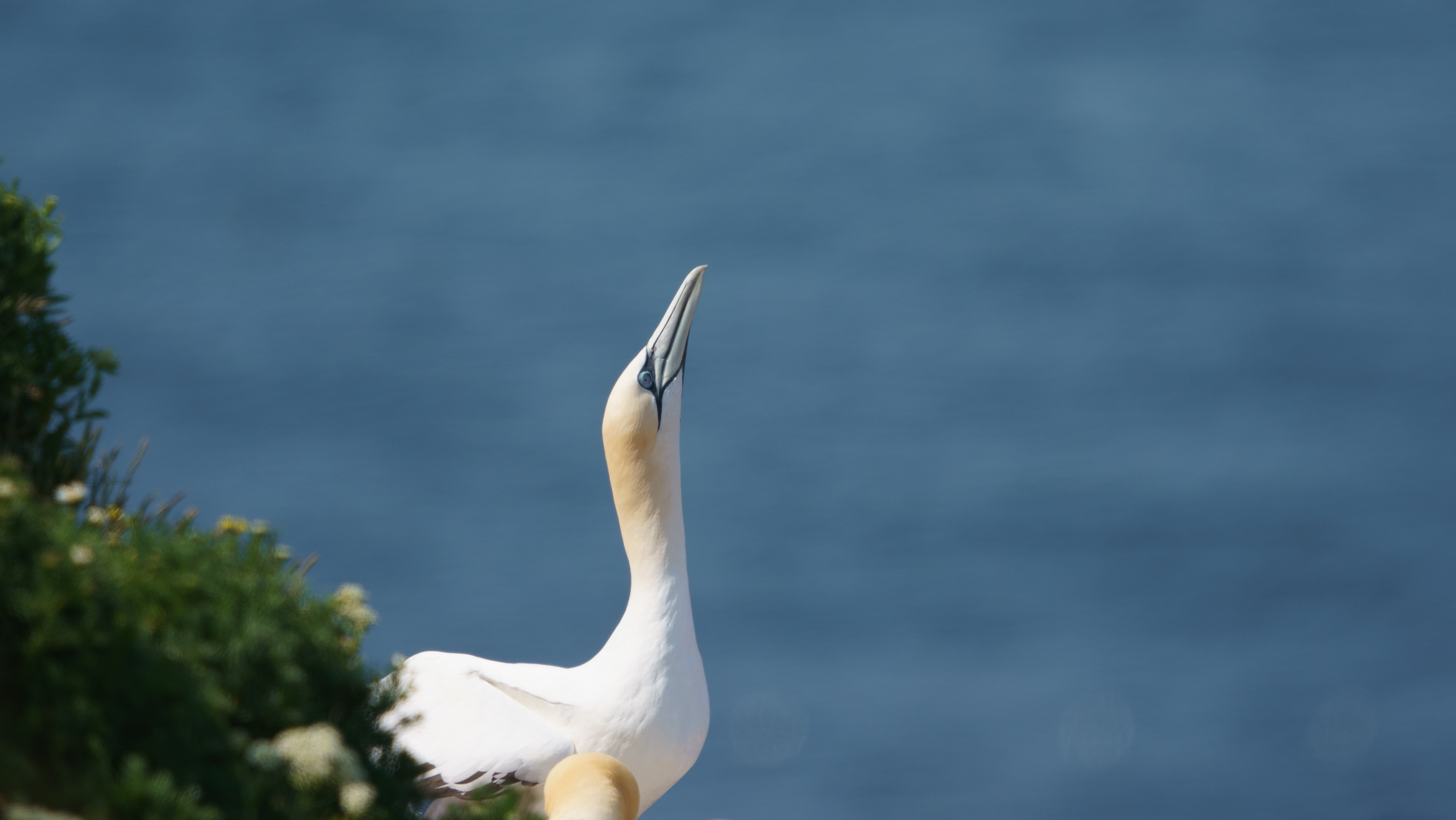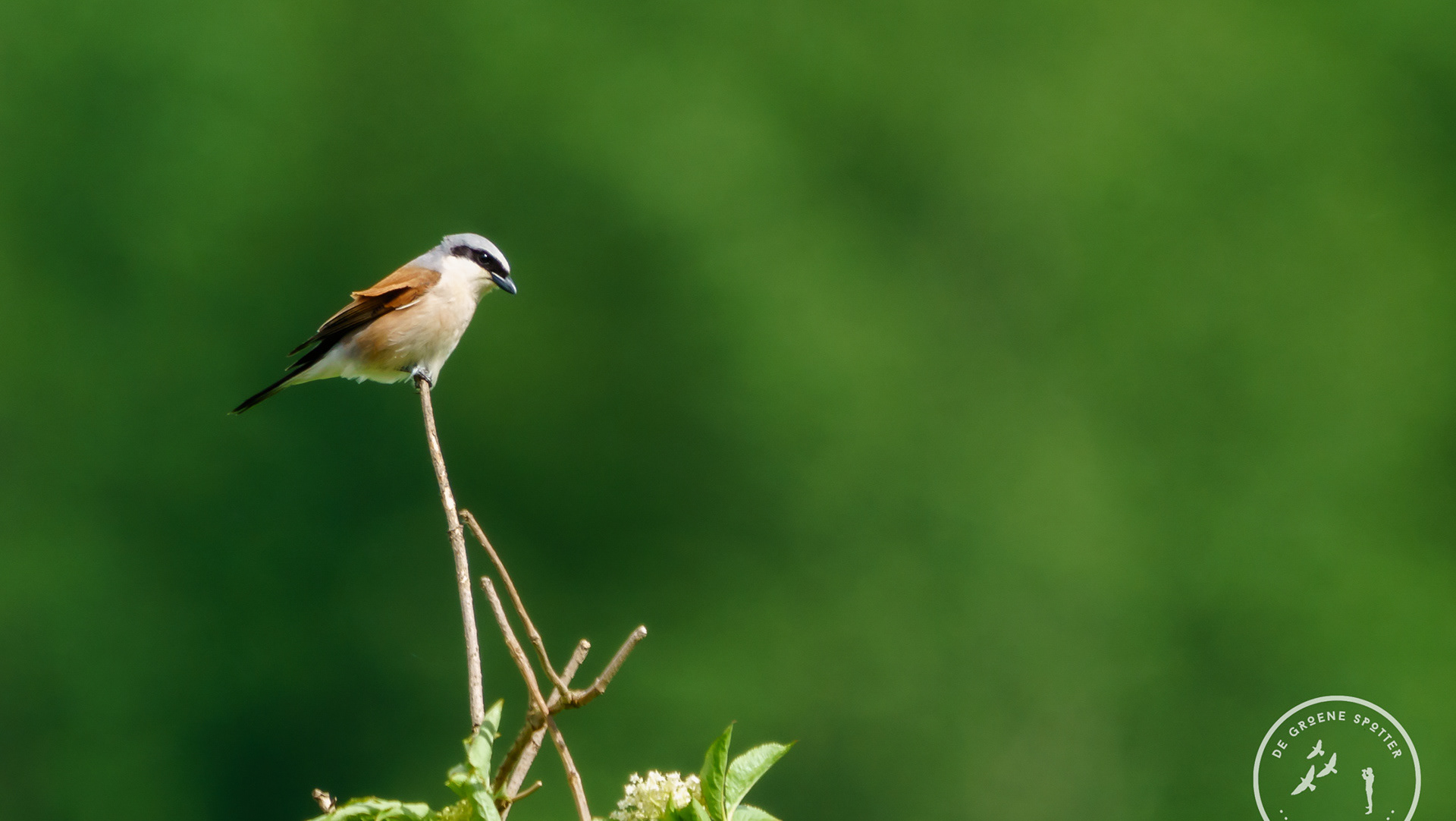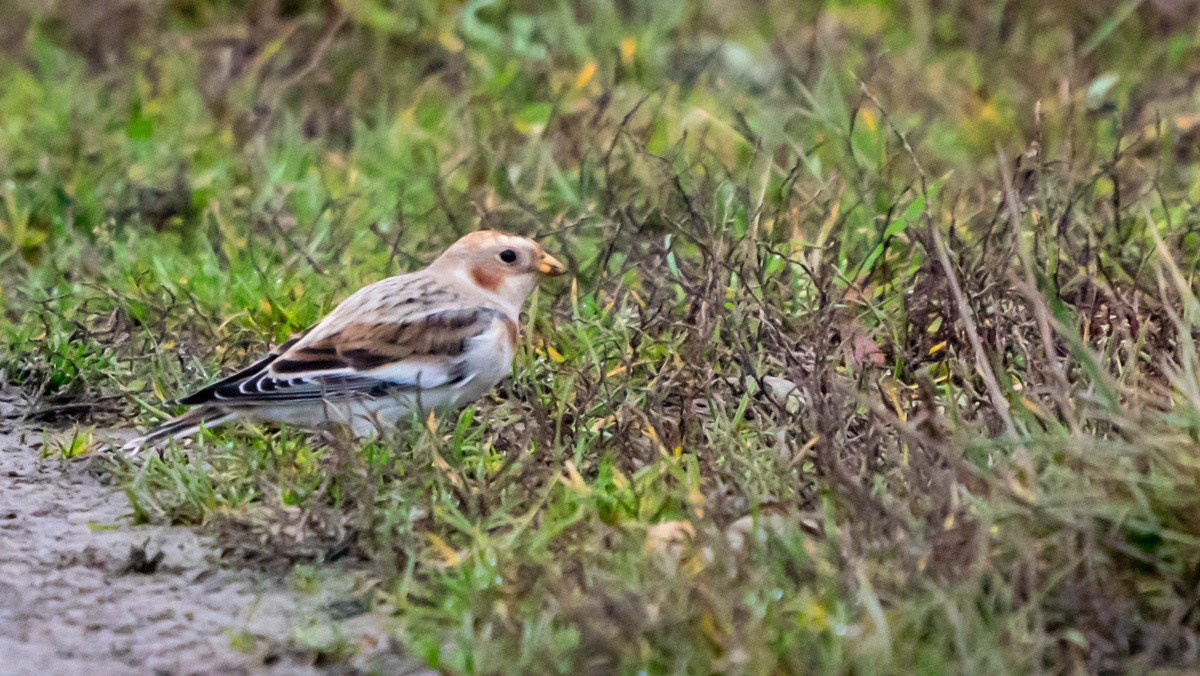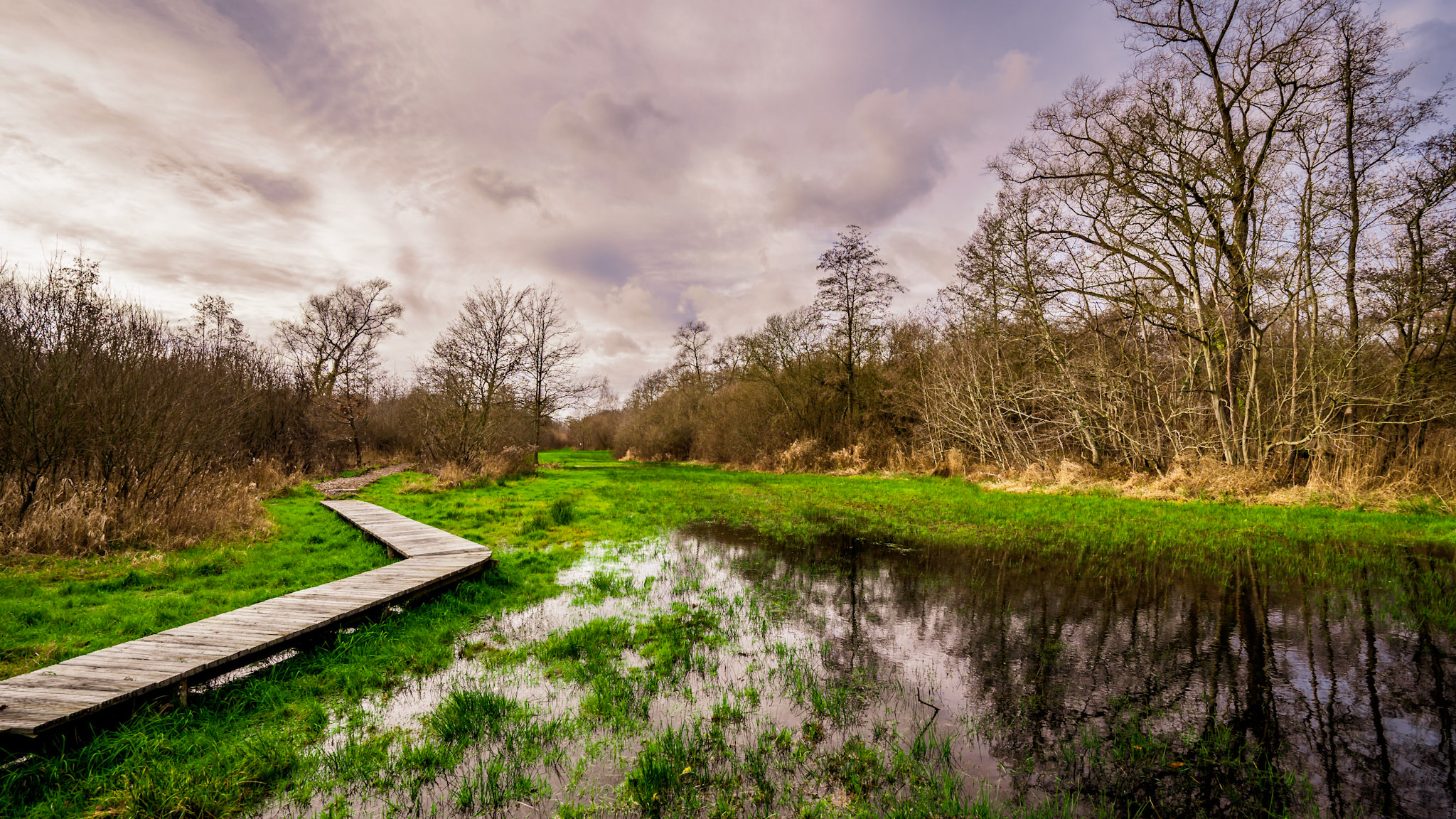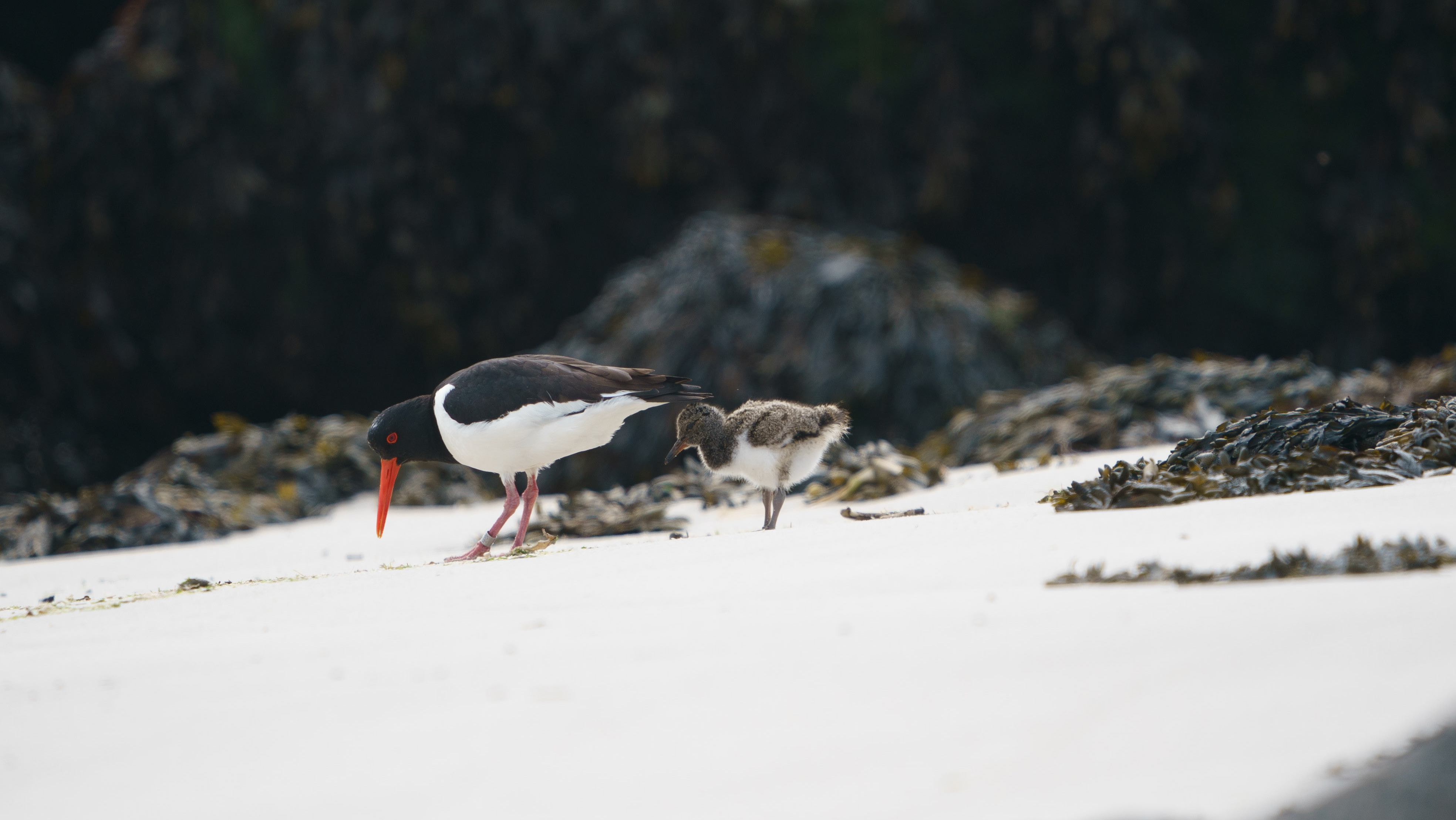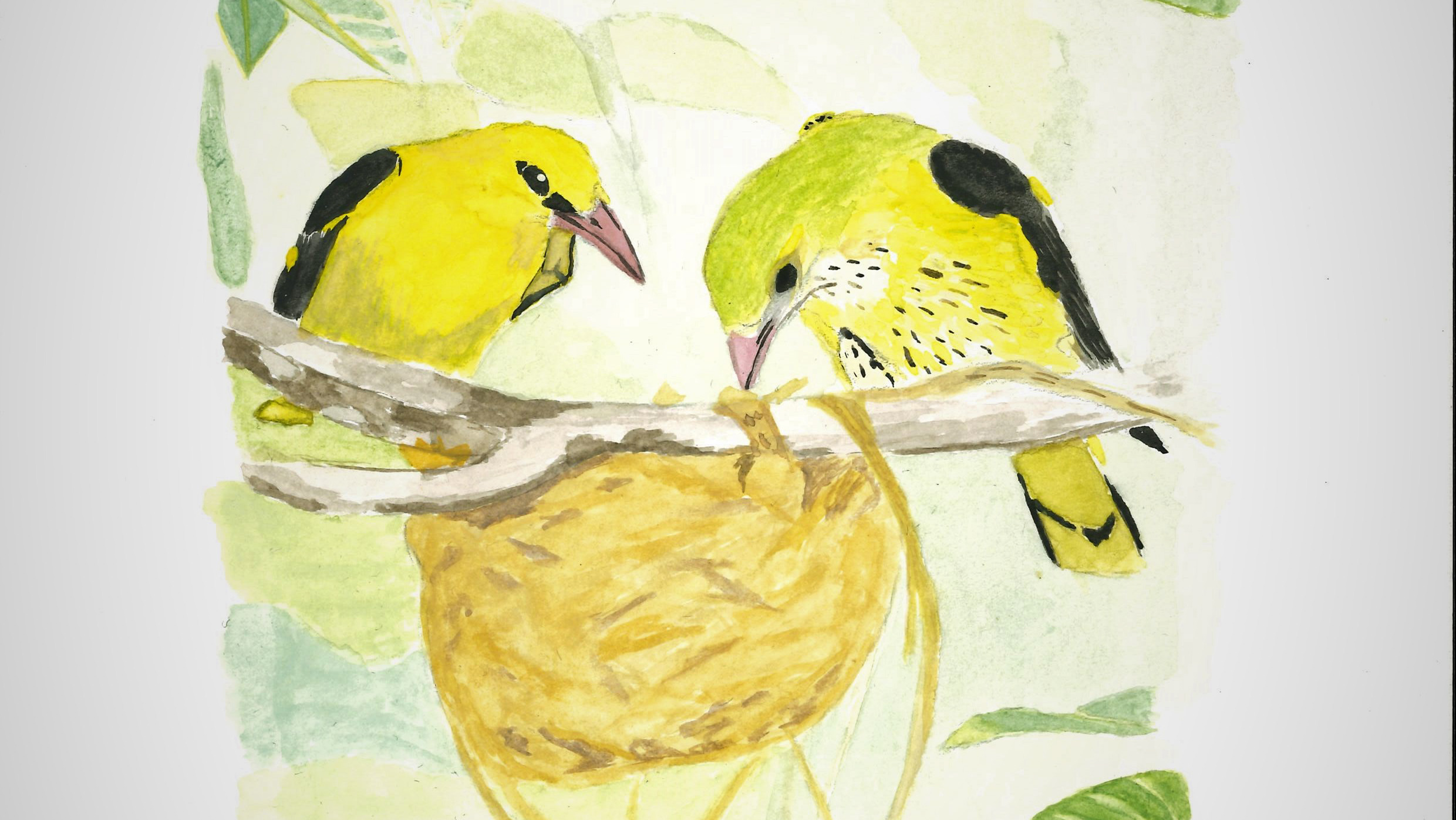While visiting the Trains & Royals exhibition at the "TrainWorld" museum (Brussels), an attribute in one of the restored sleeping compartments caught my eye. A beautiful pen drawing depicting various bird species. According to the floor plan of the carriages, the pen drawing was located in one of the dignitaries' sleeping compartments. Consequently, the question arose whether anyone from the Royal Family was interested in birds or bird watching. And so began my quest...
When the words 'nature' and 'royal family' appear in one sentence, one spontaneously thinks of the hunting parties they hold with their friends and acquaintances. Just look at our northern neighbours the Dutch Royal Family, who caused a fuss a few years ago during the hunting party in the Hoge Veluwe National Park. When we ask who from the royal family has been most committed to animals, we immediately think of Prince Laurent and his charity work for homeless people and their animals.
Or who remembers his visit to the national championship of the General Ornithological Society in Sint-Niklaas, where he gave a not very nice message to aviary keepers: "I don't have any birds at home myself. A bird does not belong in a cage."
Or who remembers his visit to the national championship of the General Ornithological Society in Sint-Niklaas, where he gave a not very nice message to aviary keepers: "I don't have any birds at home myself. A bird does not belong in a cage."
I personally wonder where Prince Laurent got his fondness for animals? Could it possibly come from his great-grandmother Elisabeth?
Before moving on to the article, I would like to thank the Royal Archives, more specifically archivist Baudoin D'hoore. In addition, personal thanks are due to the Brussels Hommatic Circle LaCa for their work in digitising Queen Elisabeth's book. Those interested can contact them (info@laca.be) for a digital version for a fee of 7.5 euros.
Elisabeth, Queen of Songbirds
Elisabeth Gabriele Valérie Marie, better known as Queen Elisabeth, was the third queen of the Belgians and wife of King Albert I. She was born in Possenhofen on 25 July 1876 and held the title princess von Wittelsbach and duchess of Bavaria.
In our country, she is best known for her love of music. We know this by now from the annual Elisabeth Competition for Music and Singing.
In addition, she had the unjustified nickname, the Red Queen, because she visited Mao and the Soviet Union. Also because of her interest in so-called "leftist" artists, performers and scientists. For instance, she even had a friendly relationship with German genius Albert Einstein.
In our country, she is best known for her love of music. We know this by now from the annual Elisabeth Competition for Music and Singing.
In addition, she had the unjustified nickname, the Red Queen, because she visited Mao and the Soviet Union. Also because of her interest in so-called "leftist" artists, performers and scientists. For instance, she even had a friendly relationship with German genius Albert Einstein.
What many may not know is that Queen Elisabeth had a love for nature and especially birds.
On her own initiative, she sought the help of an experienced person to create a beautiful collection of birdsong.
On her own initiative, she sought the help of an experienced person to create a beautiful collection of birdsong.
During an official visit to Britain's King George VI, Queen Elisabeth came into contact with Ludwig Koch.
He was the first to create a sound book. Using the latest technologies of the gramophone, he recorded animal sounds and illustrated them in an accompanying book (in both Dutch and French).
Thanks to the expert help of Koch, the recordings were started at the Palace of Laeken and thus began a royal collaboration with Queen Elisabeth.
Work began in 1938, but only after 12 years, as a result of World War II, did Ludwig Koch return to Belgium to resume his work.
He was the first to create a sound book. Using the latest technologies of the gramophone, he recorded animal sounds and illustrated them in an accompanying book (in both Dutch and French).
Thanks to the expert help of Koch, the recordings were started at the Palace of Laeken and thus began a royal collaboration with Queen Elisabeth.
Work began in 1938, but only after 12 years, as a result of World War II, did Ludwig Koch return to Belgium to resume his work.
"Among all that is beautiful and lovable in our world, there is perhaps nothing that moves us more than the song of birds." - Queen Elisabeth, spring 1952
With the aim of getting schoolchildren to join in and enjoy more of the beautiful birdsong, this project was carried out by her majesty with full commitment.
Thousands of copies were produced, many of which went to Belgian schools.
A thousand copies were sold to the public and the remaining 1,000 records were kept by our queen to hand out to whoever was worthy. In total, this project cost some 250,000 Belgian francs (about 6200 euros).
Thousands of copies were produced, many of which went to Belgian schools.
A thousand copies were sold to the public and the remaining 1,000 records were kept by our queen to hand out to whoever was worthy. In total, this project cost some 250,000 Belgian francs (about 6200 euros).
A first for Belgium and a feast for the eyes and ears of ornithologists. The lyrics and sounds were written and recorded by Ludwig Koch and his team. Alternately performed in the parks of Laken, the domain in Boechout and the Meerdaal forest. The entire equipment installation comprised 96 crates and a mobile recording studio. Since work had to be done early in the morning, the technicians were given the opportunity to stay at the Palace of Laken. What an honour!
Queen Elizabeth's dedication was great. The early hours of 2am to 5am did not deter her.
The technicians were full of admiration for her bird knowledge. For instance, there is a funny anecdote that they failed to record the evening song of the Nightingale. In the middle of recording its song, it stopped abruptly each time, but when Queen Elisabeth returned the tone by whistling, the Nightingale continued its song.
The technicians were full of admiration for her bird knowledge. For instance, there is a funny anecdote that they failed to record the evening song of the Nightingale. In the middle of recording its song, it stopped abruptly each time, but when Queen Elisabeth returned the tone by whistling, the Nightingale continued its song.
In the book, I read that the Finch's recording was very laborious. Flying around the microphone each time, the Chaffinch only arrived at the spot when the technicians decided to stop. It was thanks to her majesty's observations, that it still succeeded by placing a microphone on another not too tall tree.
In all, the project brought together 250 recordings at about 25 playing hours. The records were further processed at a factory in Hayes (UK) and then sent back to Laeken. It was Queen Elisabeth who spent hours recording, discussing and picking out the usable passages.



The four slides show the song and calls of 35 bird species. The book divides the singers into four groups in terms of song complexity:
- singers with highly developed songs
- less developed song
- primitive song
- cries only
- singers with highly developed songs
- less developed song
- primitive song
- cries only
During my visit to the Archives of the Royal Palace, I had the chance to look into Queen Elisabeth's project. All correspondences between her and Mr Koch were written alternately in German or English.
It also included a large quantity of correspondence between her cabinet and the government.
It also included a large quantity of correspondence between her cabinet and the government.
Even more interesting were the thousands of letters from many Belgian and Dutch schools asking for a copy. After consulting the school letters, I note that more Walloon and Brussels schools were interested than Flemish ones. Among the personal correspondences from birders, there was then again more interest from the Netherlands than Flanders.
Out of the whole pile, a letter from a former field officer, Mr BESCHUYT Maurice, from West Flanders, caught my eye in particular. He wrote the letter for several reasons. Mainly for self-study of some species, but also for educational reasons to the public to better protect birds from illegal capture or hunting.
Not forgetting that many bird species, let alone birds of prey, enjoyed no legal protection at that time.
Not forgetting that many bird species, let alone birds of prey, enjoyed no legal protection at that time.
While reading the book, I come across the following passage from Queen Elizabeth:
"I do so not only for the sake of promoting research and teaching.
In the first place, I wish thus to give the millions of people who, because of their professions, are kept in confined spaces, the opportunity to get to know the beauties of birdsong and to encourage them, more than they have done hitherto, to devote their leisure time to Nature.
This not only brings pleasure and relaxation to the mind; it is also of paramount importance to health."
In the first place, I wish thus to give the millions of people who, because of their professions, are kept in confined spaces, the opportunity to get to know the beauties of birdsong and to encourage them, more than they have done hitherto, to devote their leisure time to Nature.
This not only brings pleasure and relaxation to the mind; it is also of paramount importance to health."
Those who still own this collection can consider themselves proud and fortunate, considering only a small portion was sold to the public.
Many are no longer in good condition or incomplete.
Many are no longer in good condition or incomplete.
Unfortunately, I do not own the book, but the recordings have been given a special place at my house.
Those who are still interested in this collection can contact the Brussels local history society, Laca, to obtain a digital copy. More info can be found in the link.
